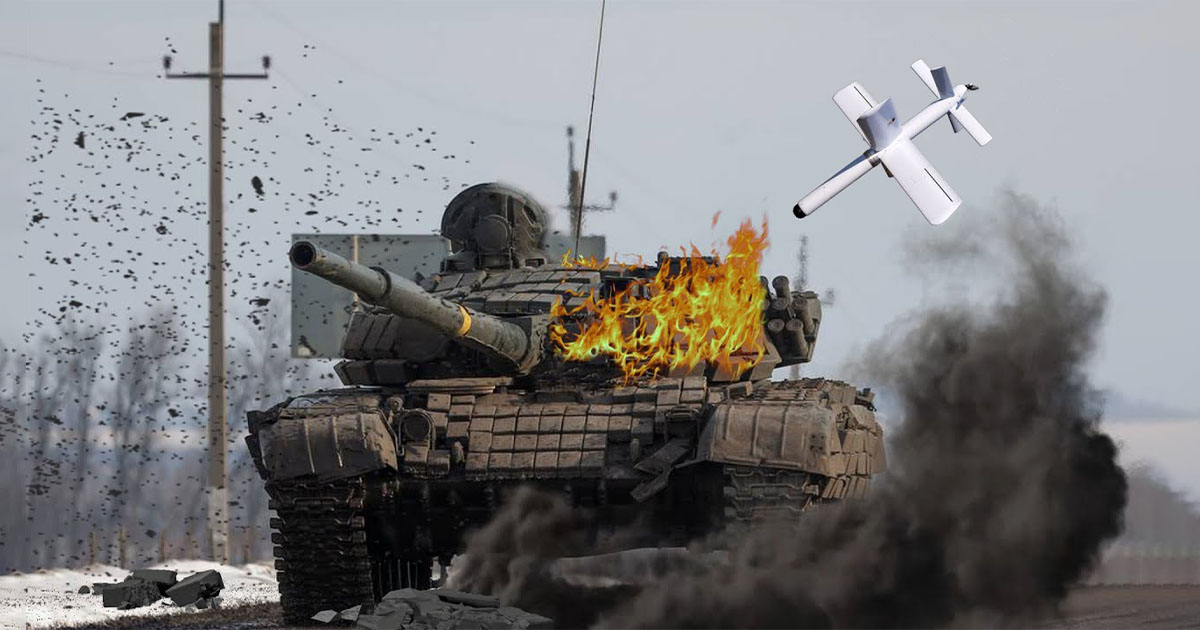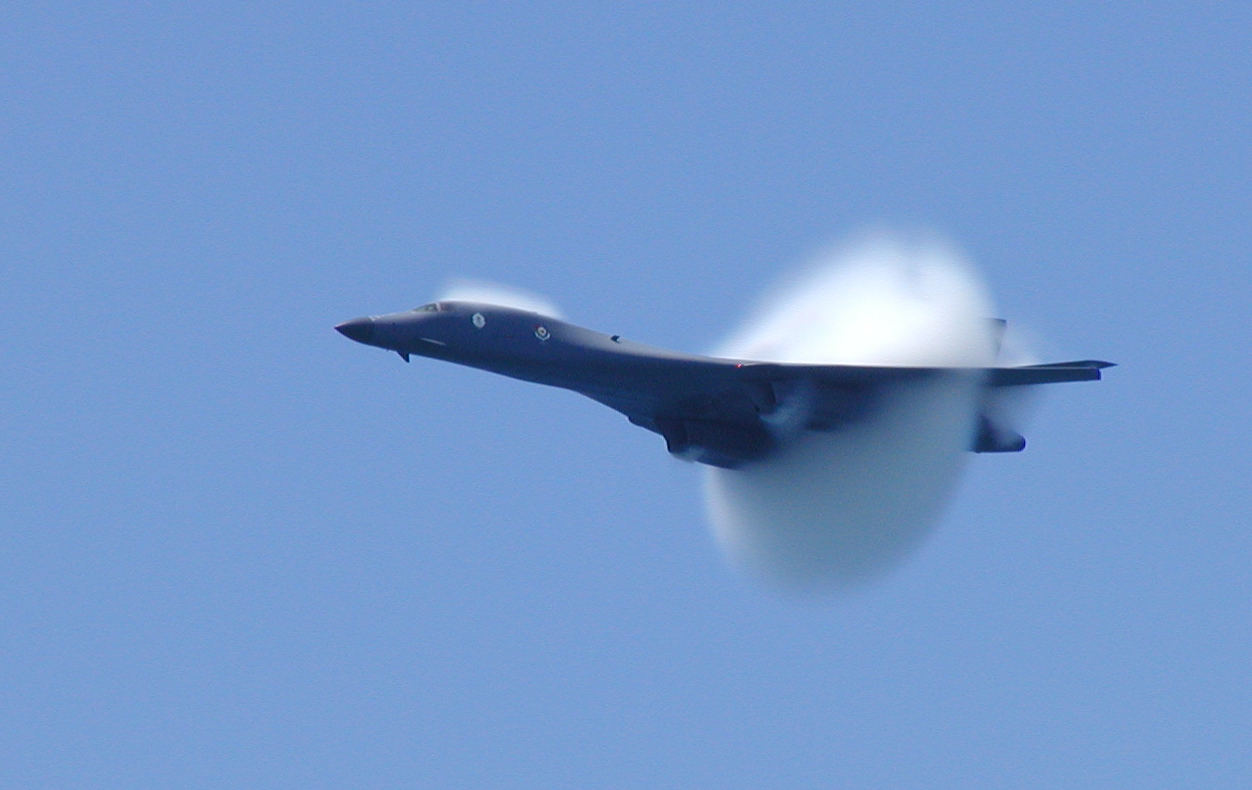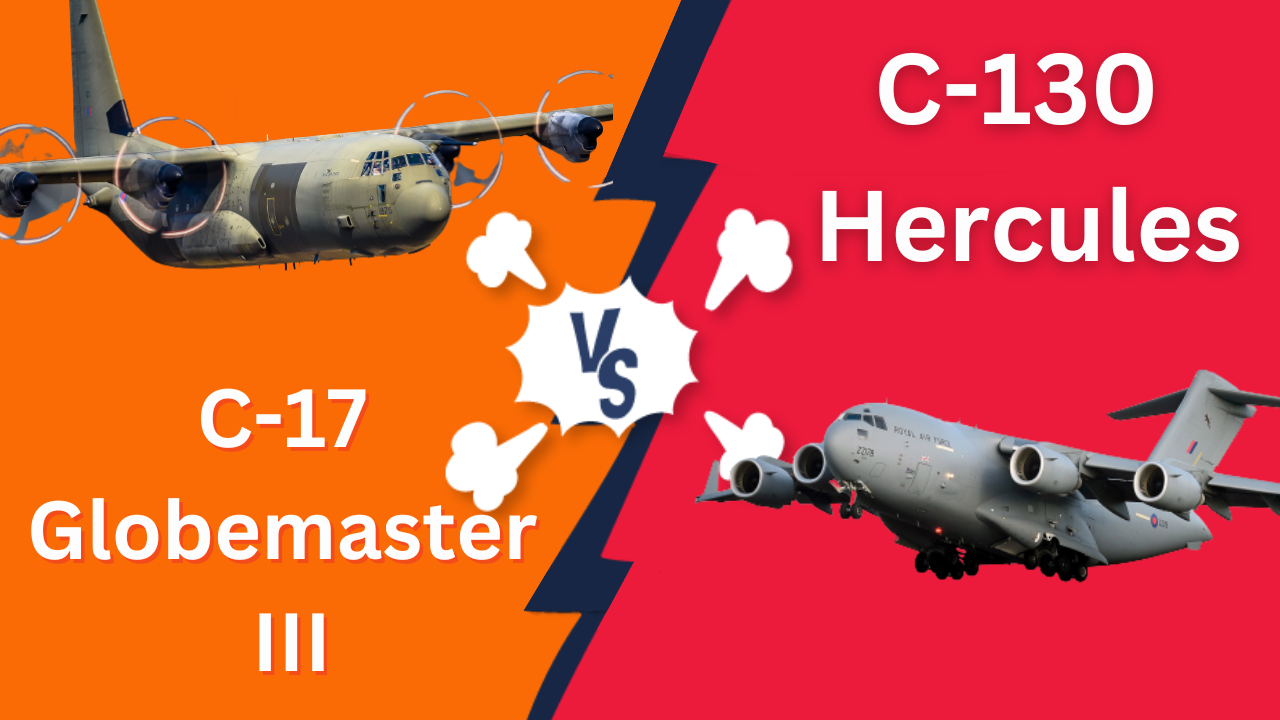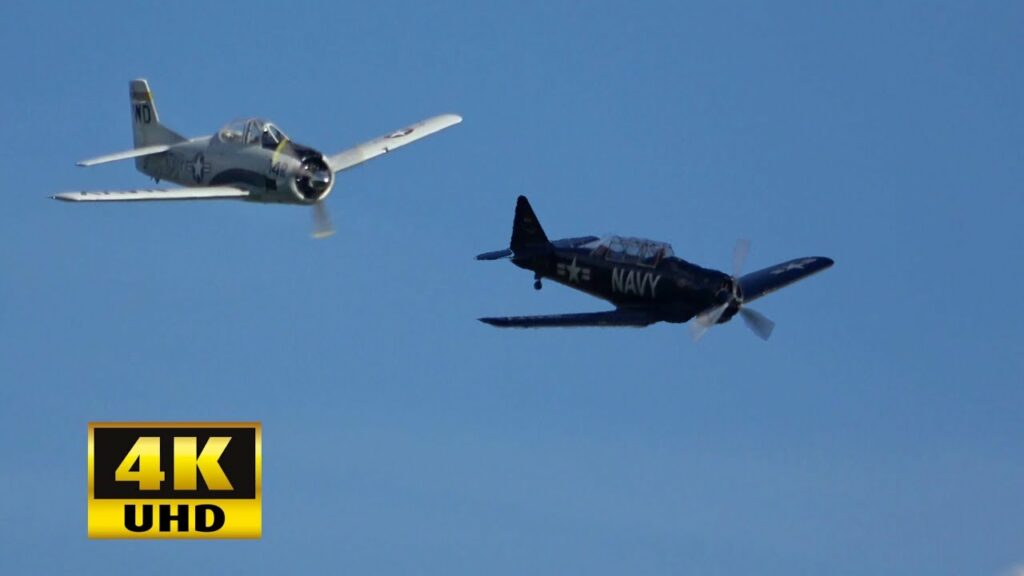
North American T-6 Texan
The majority of the Allied pilots who flew in World War II did so in the North American T-6 Texan, Two-Place Advanced Trainer. The AT-6 (Advanced Trainer), also known as the SNJ by the Navy and the Harvard by the British Royal Air Force, was created as a transitional trainer between basic trainers and first-line tactical aircraft. It had its first flight on 1 April 1939 and in 1948, it received the designation T-6.
Over the course of 25 years, the T-6 trained thousands of pilots in 34 different nations. There were 15,495 planes produced in all. The T-6 Texan earned distinctions in World War II and the early stages of the Korean War while being best known as a trainer.
Despite not being as quick as a fighter, it was easier to handle, easier to maintain, and easier to repair. An aircraft used by a pilot is capable of rolling, Immelmann looping, snapping, and vertical rolling. It was created to provide the best training possible for all types of tactics, including bombardment, aerial dogfighting, and ground strafing.
Design and Development
The NA-16 prototype was the first version of the T-6 Texan to be seen. It was a low-wing monoplane that was made entirely of metal and had open cockpits. A single 400-horsepower Wright R-975 series radial piston engine propelled the fixed undercarriage aircraft.
The NA-18, a slightly modified version of the T-6 with a glazed cockpit canopy, was accepted by the United States Army Air Corps for use in their “Basic Combat” aircraft competition with the T-6, which was now designated by North American as the NA-26, a further developed version of the modified core aircraft now sporting a more powerful Pratt & Whitney R-1340 radial piston engine of 600 horsepower.
It was mass-produced as the AT-6 Texan and the SNJ. Several export customers, such as the Royal Air Force and their Commonwealth partners (Harvard I) and Canada (Yale), also took delivery of the plane.
The standard layout of the AT-6’s cockpit included a pair of seats under a glass roof for the learner and the instructor. With the engine placed so far forward of the design and the cantilever wings set so low just under the cockpit’s forward region, this aircraft was a true jet fighter.
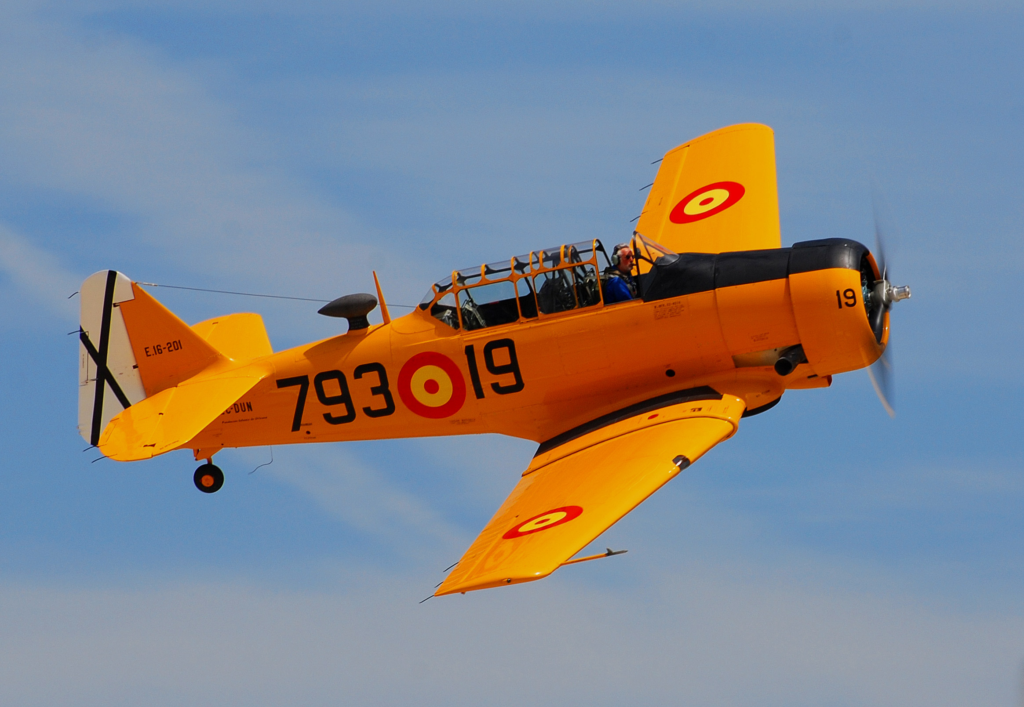
The tail section, or empennage, tapered off into a single, vertical surface. Though peripheral vision was more than sufficient, the forward view was less than optimal. The aircraft, whose design was intended for instructional purposes, performed admirably, with top speeds of over 200 miles per hour, a ceiling of over 20,000 feet, and a range of 750 miles.
History
The AT-6 underwent various roles, powerplants, and necessary internal modifications throughout her production life. For instance, it was known that the AT-6C and D models’ internal structures had been substantially redesigned to account for the demand for specialist metals elsewhere in the American war effort.
A gunnery training platform and a multi-role performer were two role-specific types. In its post-war incarnation, the T-6G had a brand-new engine, a redesigned cockpit, and a repositioned tail wheel for better ground handling.
The AT-6 was a principal fighter trainer used by military branches all around the world to teach thousands of pilots the specifics of fighter tactics and general flight during World War 2.
Since flight training was the main objective, armament was optional but may include two forward-fixed 7.62mm machine guns. In modified and specialized incarnations, the Texan continued to serve as Forwarding Air Control system supporting land forces in combat during the Korean and Vietnam Wars.
T-6 Texan variants
There were various variants of this aircraft spread across different series – BT Series, BC Series, AT Series (Texan), A-27, T-6 (Texan), NJ/SNJ Texan, etc.
North American T-28 Trojan
North American Aviation, the same company that produced the T-6, B-25, P-51, F-86, F-100, XB-70, and the Apollo Command Module, designed and manufactured the T-28 “Trojan” for the United States Air Force and Navy.
Although it was primarily employed in the role of advanced trainer, variations of this plane saw action in the Vietnam War and elsewhere. Before its retirement in the early 1980s, the T-28 was widely used by the United States military. From 1948–1957, about 2,000 were produced.
The Trojan boasts a huge, incredibly well-designed cockpit, powerful and complex controls, exceptional visibility, and superb handling. It also has a powerful engine. It is a trustworthy aircraft with ordinary flight characteristics. Everywhere it goes, the T-28 draws a crowd because it is so much fun to fly.
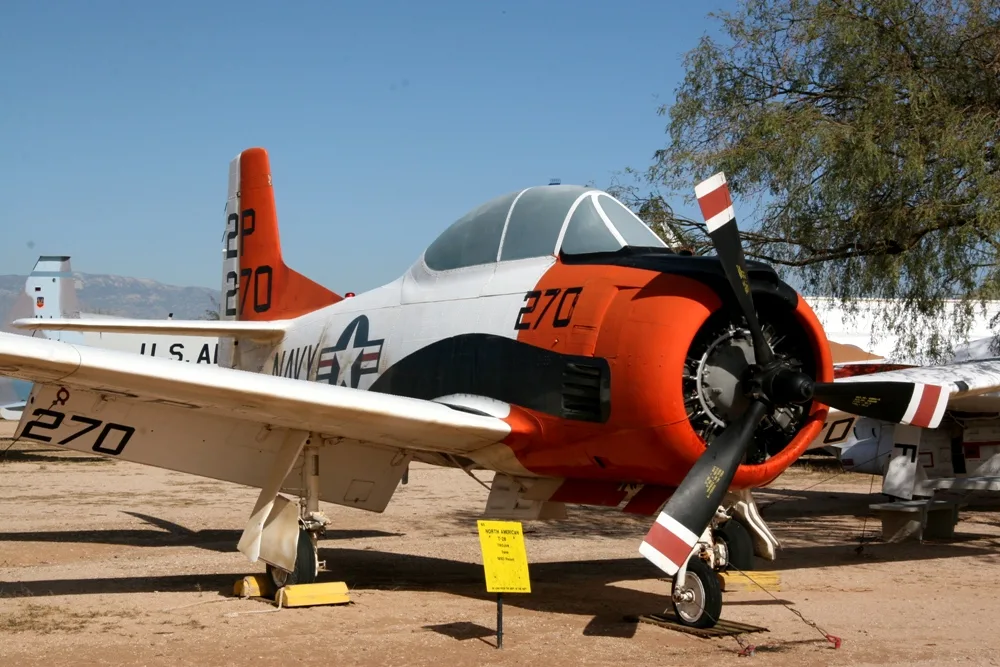
Design and development

One of the most unique and vivid sounds of any large engine propeller airplane built in the 1940s and 1950s is the 1,425 horsepower engine exhaust streaming through its tuned exhaust system.
One of the most technologically advanced propeller airplanes ever created was the T-28. Most had tricycle gear, hydraulically operated crew canopy, speed brake, landing gear, landing flaps, backup high-pressure nitrogen system for emergency canopy opening, heater, cockpit ventilation system, and large capacity oxygen system in addition to 9-cylinder, 1,820 cubic inch radial engines with a two-speed supercharger.
The T-28 was designed in 1948 and first flew in 1950; it served as an advanced trainer for the US Air Force (USAF). The plane was meant to succeed the tried-and-true North American T-6/SNJ/Harvard (T-6).
During World War II, the Allies relied on the T-6 as their advanced trainer, but with the onset of the jet age, the T-6 was deemed obsolete by the United States Air Force. The T-28A’s cockpit is very similar to that of the North American F-86 Sabre, another cutting-edge jet fighter, in an effort to mimic its “feel.”
History
The first flight of the XT-28, which was a prototype, took place on September 24, 1949. In the middle of June 1950, the 3200th Fighter Test Squadron brought a T-28A to the Air Proving Ground at Eglin Air Force Base in Florida to evaluate the plane’s potential as an advanced trainer, taking into account the T-28A’s transition, instrument, and gunnery capabilities.
After evaluation, a contract was approved, and 1,948 of them were constructed between 1950 and 1957. The United States Navy and Marine Corps both accepted it after the USAF made it their principal trainer. The Navy continued to employ the aircraft as a primary trainer even after the Air Force had phased out its usage for primary pilot training by the early 1960s, keeping it in service only for restricted training of special operations aircrews and for primary training of select foreign military personnel. After the United States military phased out the T-28, Hamilton Aircraft reworked some of them into two variants they called the Nomair.
The VT-27 “Boomers” of Naval Air Station Corpus Christi, Texas, flew the final T-28 training flight in early 1984. Till the time it was operational, it served various interests like Vietnam War combat, Civilian use, Aerobatics, and warbird display.
Variants of T-28
XT-28 – was a prototype
T-28A – The Curtis Wright R-1300 (1,300 cubic inches), 7-cylinder, 800 horsepower.
T-28C – US Navy version of the T-28 for carrying landing training. With a stronger airframe, a tail hook, and a shorter (but broader) propeller.
And various other variants were built: T-28B, T-28D, T-28D, etc. Many of the variants were even sold to various companies for profit.
T-6 Texan vs T-28 Trojan
Engine Technology
T-6 Texan
From the 1920s onward, American aircraft frequently used the reciprocating Pratt & Whitney R-1340 Wasp engine. This engine was the first in the company’s long line of successful Wasp models.
It had a displacement of 1,344 cubic inches (22 liters), a bore and stroke of 5.75 inches, and was a 9-cylinder, single-row, air-cooled radial design. Put simply: 327 kg (720 lb).On a display pedestal, the engine is complete with a grey crankcase and black cylinders.
T-28 Trojan
The engine used in the Trojan was – Wright Cyclone R-1820-863. Wright Aeronautical Corp. debuted the R-1820 radial engine, which featured 9 cylinders and was air-cooled, in 1931. The larger and more powerful R-1820 was developed from older “Cyclone” engines of the late 1920s, and it initially generated 575 horsepower.
However, engineers made significant improvements to its performance over the course of many years of manufacture, and some later versions were rated at 1,525 hp. Even though thousands of military and civilian aircraft were powered by the R-1820, it will always be remembered as the engine that propelled Boeing’s B-17 Flying Fortress during World War II and went on to power the T-28 Trojan.
Cost
T-6 Texan
A pricey habit is frequent flying on Texans. The current starting price for a flyable T-6 is in the range of $150,000 to $250,000 or more. The T-6 consumes 30 gallons of petrol each hour, and gas costs around $6 per gallon. It’s $180 per hour to fly, on top of the $120,000 initial purchase price and $20,000 year in upkeep fees.
Everything from oil to parachute packing every 180 days to a subscription to aeronautical charts adds up to around $500 an hour in operational costs.
T-28 Trojan
The former Navy T-8 trainer uses 100 gallons of fuel per hour to power its nine-cylinder Wright Cyclone R1820-86B radial engine. That’s why when gas prices rise, aircraft prices fall. It currently costs anywhere from $125,000 to $225,000 to purchase a T-28.
Combat use
T-6
20 AT-6 Texans were used by the first and second fighter squadrons of the Syrian Air Force during the 1948 Arab-Israeli War. These aircraft were used to provide ground support for Syrian troops and to launch air strikes against Israeli airfields, ships, and columns. One of these aircraft was destroyed by antiaircraft fire.
T-28
Vietnam War combat – Thai native Lieutenant Chert Saibory piloted a T-28 that defected to North Vietnam from the Royal Lao Air Force in 1963. Both Sailbory and his plane were taken into custody without delay. Six months after it was taken out of service, the North Vietnamese Air Force had its first fighter aircraft, a rebuilt T-28.
Technical specs
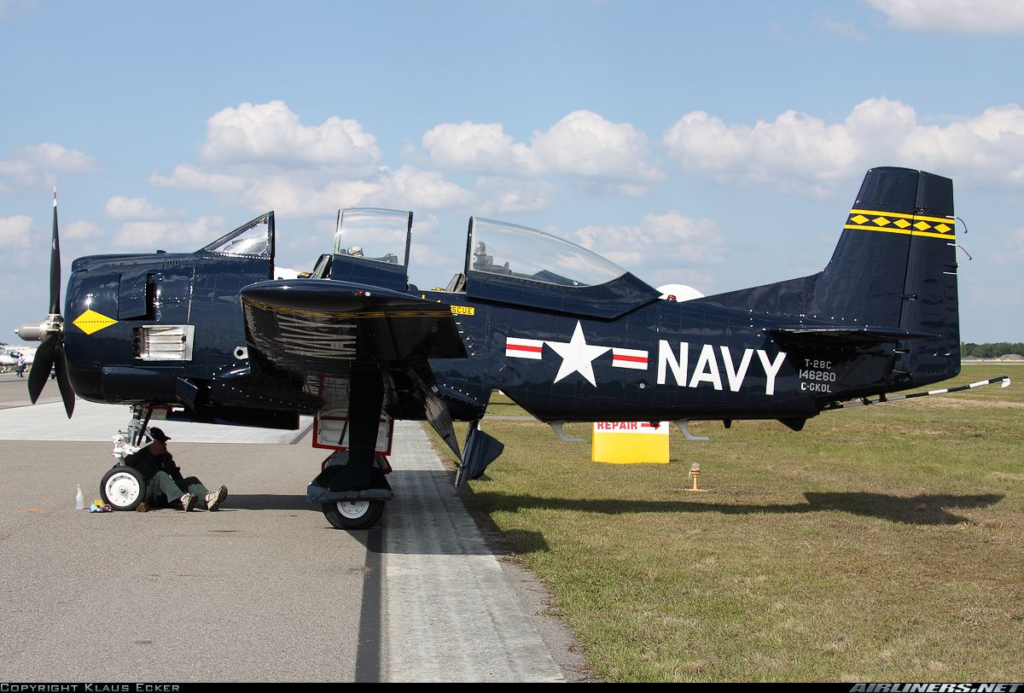
Image credit: https://i.pinimg.com
| Plane | T -28 C Trojan | T-6 Texan |
| First flight | September 24, 1949 | September 28, 1938 |
| Span | 40.6 ft | 42 ft 1/4″ |
| Length | 34.3 ft | 28 ft 11-7/8″ |
| Height | 12.6 ft | 11 ft 8 in |
| Weight | 8,247 lb | 4158 lb |
| Power plant | Wright R-1820, 1,425 horsepower | Pratt & Whitney Wasp R-1340-AN-1 550 horsepower, air-cooled |
| Speed | 346 mph | 205 mph at 5,000 ft |
| Altitude | 35,000 ft | 20,000 ft |
| Landing gear | Tricycle | Retractable |
FAQ
- Who made the t28 Trojan?
- North American Aviation
- What was the T-28 plane for?
- Counterinsurgency missions
- Who bought North American Aviation?
- In 1933, General Motors (GM) had its subsidiary, General Aviation Corporation, which also owned Fokker Aircraft, purchase a thirty percent ownership in North American Aviation.
- How much does the T-28 cost?
- It currently costs anywhere from $125,000 to $225,000 to purchase a T-28.
- Why is the T-6 called the Texan?
- The Dallas factory eventually became the primary production facility, earning it the moniker “Texan.”
- How much does AT-6 Texan cost?
- The minimum cost to get a flyable T-6 now is in the region of $200,000 and up.
- Is the t6 Texan the same as a Harvard?
- The USAAC and USAAF called it the AT-6, the US Navy the SNJ, and the RAF and Commonwealth Air Force called it the Harvard, which is the name most people recognize outside the US.
Ending Notes
The preceding piece compares and contrasts the T-28 Trojan and T-6 Texan, both produced in the United States of America. Regarding the Designs, evolution, work history, variations, etc. It could be impossible to conclude which one is better, but we leave the final decision to you.


